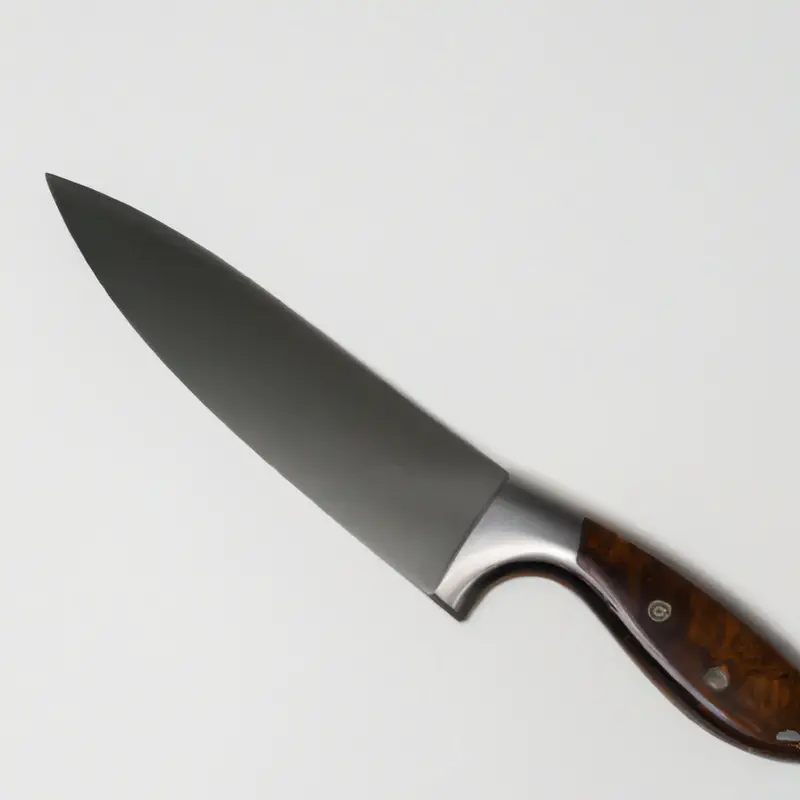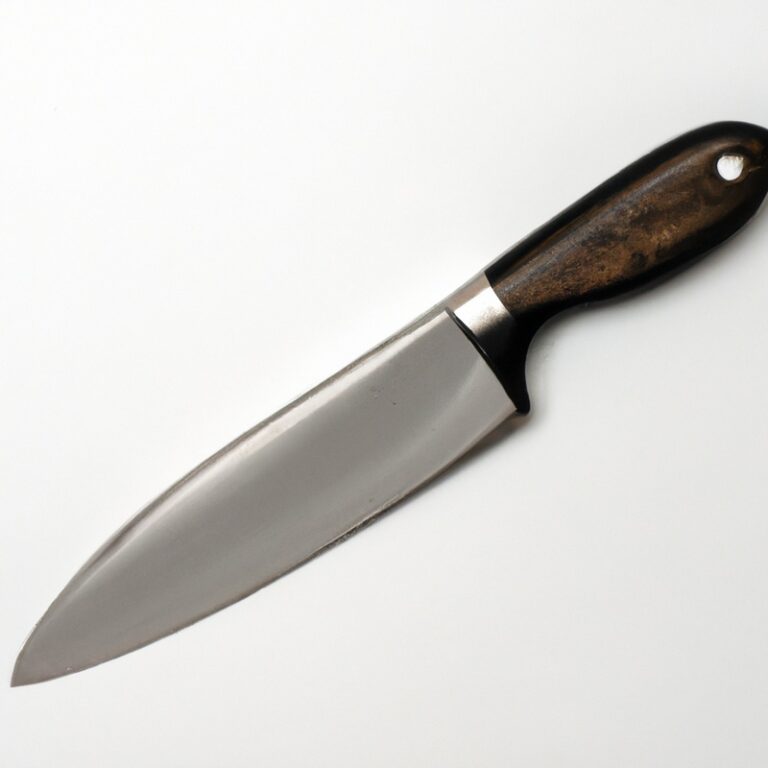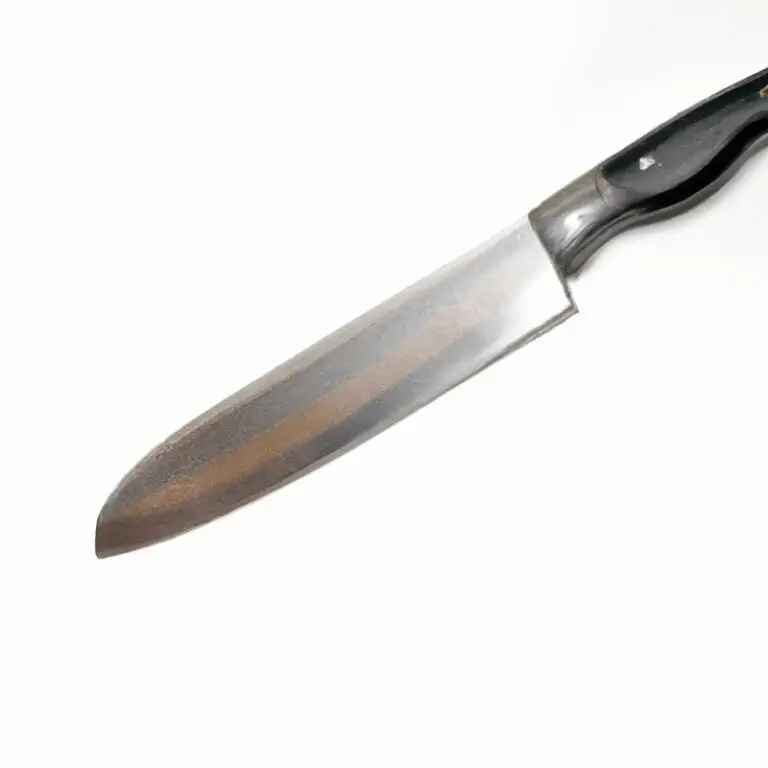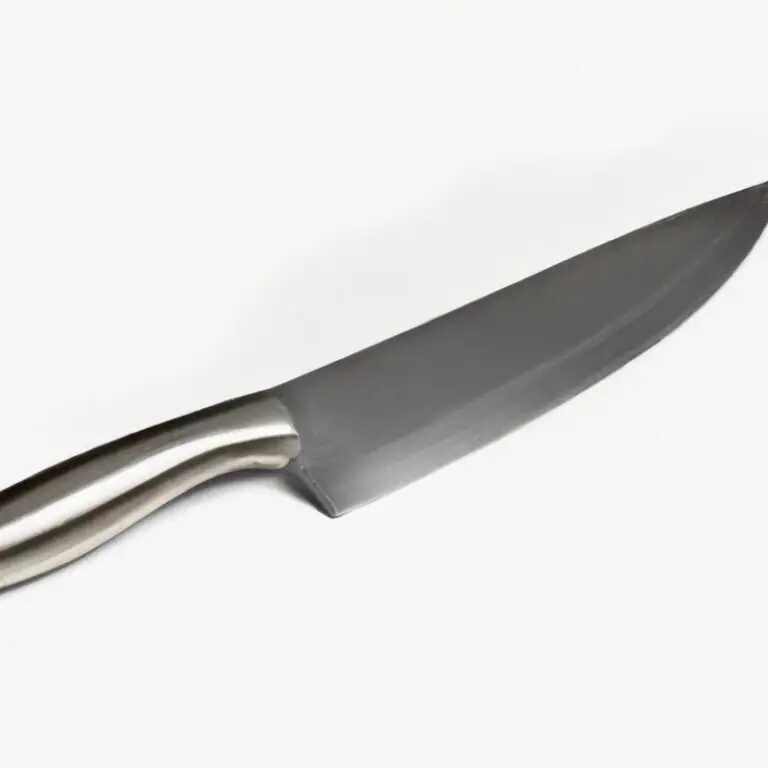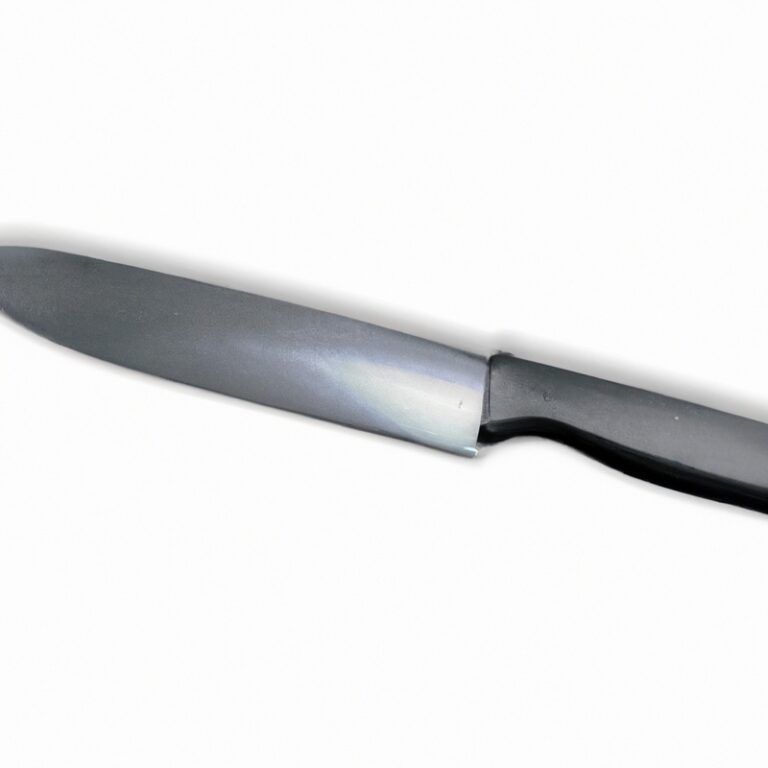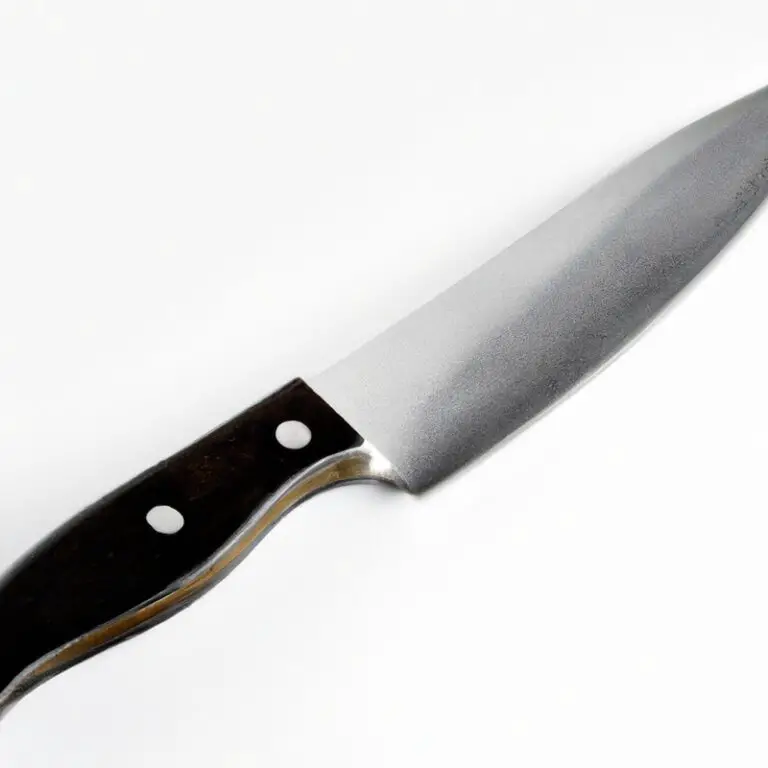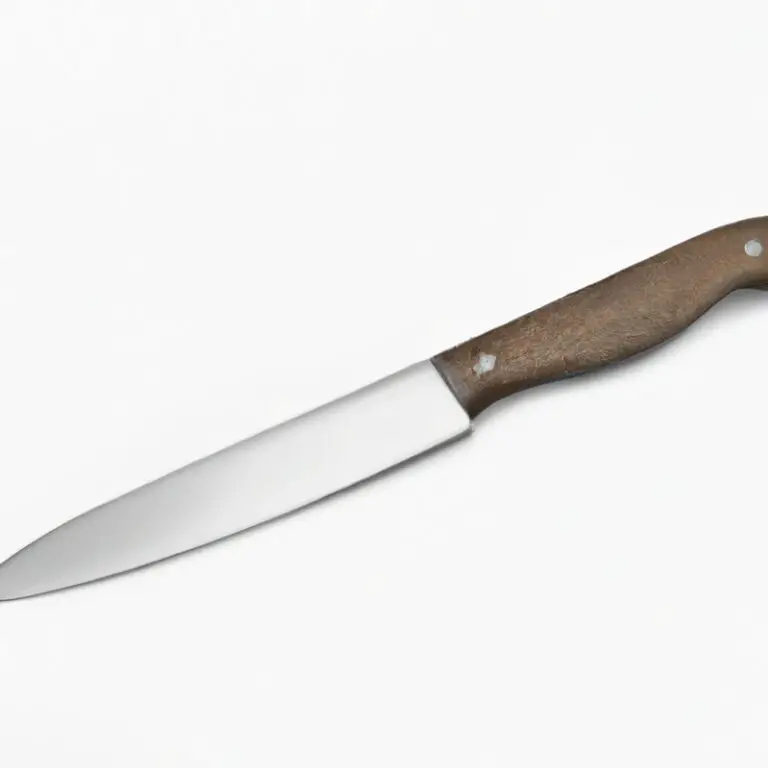How To Fillet a Bluegill Using a Fillet Knife? – Expert Tips
Key Takeaways:
- Using a fillet knife to properly fillet a bluegill is essential for maximizing the amount of edible meat.
- To start, make a shallow cut behind the bluegill’s gills and follow the spine down towards the tail, taking care to separate the flesh from the bones.
- Once the fillet is removed, use the fillet knife to carefully remove any remaining bones and skin before cooking.
- With practice and the right technique, filleting a bluegill can be a quick and easy process, leading to a delicious meal.
Are you tired of struggling to fillet bluegill? Do you end up with a mess and wasted meat?
Well, fear not! With the right tools, knowledge, and practice, you can easily fillet a bluegill using a fillet knife like a pro.
In this article, I, a seasoned angler, will guide you through the step-by-step process to fillet a bluegill like a pro. From preparing the tools and materials to cooking your fillet, you’ll get all the tricks and tips to make the process seamless and efficient.
So, let’s get started and learn how to fillet a bluegill using a fillet knife!
| Step | Description |
|---|---|
| Step 1 | Place the bluegill on a non-slip surface and cut behind the gills just enough to pierce the skin. Be sure to not cut too deep, as this can puncture the organs. |
| Step 2 | Insert the fillet knife behind the gills and cut down to the backbone. Follow the rib bones to the tail. |
| Step 3 | Lift the fillet up and insert the knife between the flesh and the skin. Move the knife back and forth while pulling the skin away from the flesh. |
| Step 4 | Flip the bluegill over and repeat steps 2 and 3 on the other side. |
| Step 5 | Once both fillets are removed, use a pair of tweezers to remove any bones that were missed during the filleting process. |
Preparing for Filleting: Gathering Tools and Materials
Before filleting a bluegill, it’s essential to gather the necessary tools and materials to avoid any interruptions while filleting. Firstly, you’ll need a fillet knife, preferably one with a thin and sharp blade for optimal precision.
A fillet board or a clean, flat surface would serve as a suitable filleting space.
A pair of pliers or fish scaler will aid in removing the scales, and a towel or rag will also come in handy for cleaning up any mess. Alternatively, a fish cleaning station might also be beneficial, depending on your preference.
Also, consider using cutting gloves to prevent injury while filleting.
A pair of needle-nose pliers, kitchen shears, and a sharpening stone would suffice if you’re looking to prepare the fillet yourself. In summary, ensure that you have a fillet knife, fillet board or flat surface, pliers, a towel or rag, cutting gloves, a sharpening stone, and kitchen shears to ease filleting and ensure a clean process.
Handling the Bluegill: Tips to Make the Process Easier
Handling the Bluegill: Tips to Make the Process Easier
- Use Pliers: Use pliers to get a better grip on the fish and to hold it steady while making cuts.
- Keep the Fish Cool: Keeping the fish cool will make it easier to handle while reducing the chances of spoiling.
- Use a Sharp Knife: A sharp fillet knife is essential for precise cuts. Dull knives make the process more difficult and time-consuming.
- Remove the Head First: Removing the head first makes it easier to fillet the fish while also reducing the chances of injury.
- Cut Along the Backbone: Following the spine of the fish with the blade of the knife will make it easier to separate the flesh from the bones.
- Remove the Rib Cage: Removing the rib cage will result in a cleaner, more attractive fillet, and make it easier to cook.
- Don’t Waste the Meat: Use every part of the fish for broth or soup, if desired, to reduce waste and get the most out of your bluegill.
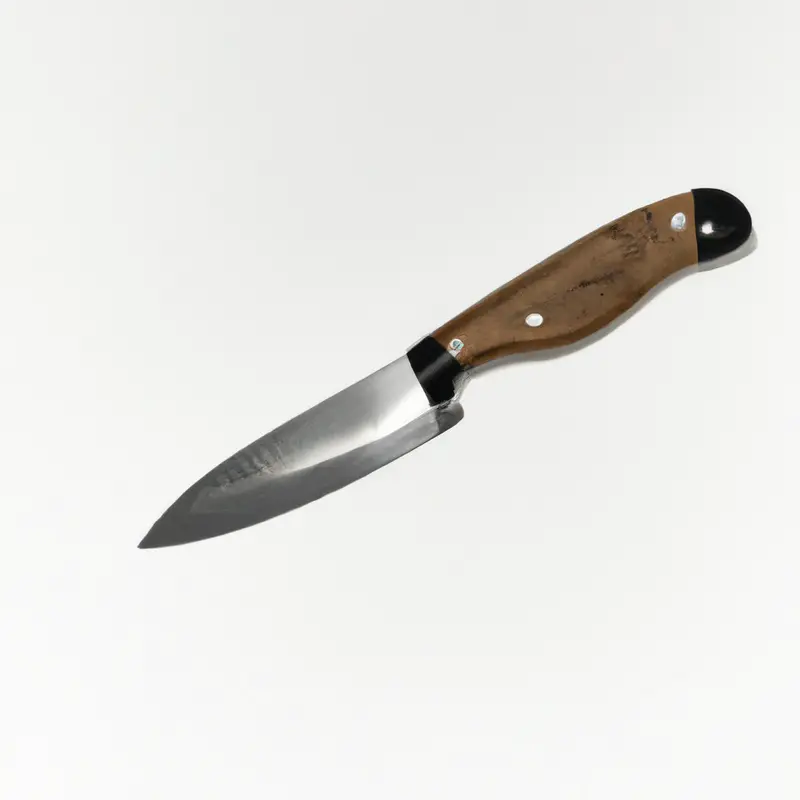
Removing the Scales: Quick and Efficient Ways
To efficiently remove the scales from your bluegill, you can use one of two techniques: scaling with a knife or using a fish scaler. With a knife, you will need to run the blade down the fish’s body in a downward motion from the head to the tail.
Repeat the motion on both sides of the fish until all scales are removed.
Alternatively, you can use a fish scaler, which is a tool that scrapes the scales off of the fish without damaging the skin. Regardless of which technique you choose, it’s important to note that scaling the fish should be done with care to avoid injuring yourself or damaging the flesh.
Additionally, scaling the fish outside or in a well-ventilated area is recommended to avoid scales flying everywhere.
Once the scales are removed, move on to the next step of filleting your bluegill.
Cleaning the Fish: Tricks to Keep the Mess Minimal
Cleaning the fish is a crucial step in the filleting process, and there are tricks you can use to keep the mess to a minimum. The first tip is to use a cleaning board with a drainage system to catch the scales and other debris.
You can also place the board in a large sink to contain the mess further.
Next, use a pair of fish cleaning pliers to remove the entrails quickly. These pliers are designed to reach into the fish and remove the organs without damaging the flesh.
To remove the bloodline, which can be bitter and unpleasant, use a spoon or butter knife to scrape it away gently.
Repeat until all the bloodline is gone. Finally, rinse the fish and the fillet under cold running water to wash away any remaining scales and debris.
Make sure to dry the fillet thoroughly before continuing to the next step.
By utilizing these tricks, you can keep the mess to a minimum and ensure your fillets are clean and ready for the next step in the filleting process.
Locating the Fillet: Identifying the Right Cut
To locate the fillet on a bluegill, start by placing the fish on a flat surface with its belly facing up. Look for the bony ridge along the center of the fish and insert the tip of your fillet knife just behind the gills.
Follow the bone down towards the tail, slicing through the flesh to separate the fillet from the skeleton.
Repeat the process on the other side of the fish to get two boneless fillets. Remember to cut as close to the bone as possible to maximize the amount of flesh you can retrieve.
The fillets can then be trimmed to remove any remaining bones or skin.
With practice, locating the fillet will become second nature and you’ll be able to fillet a bluegill with ease.
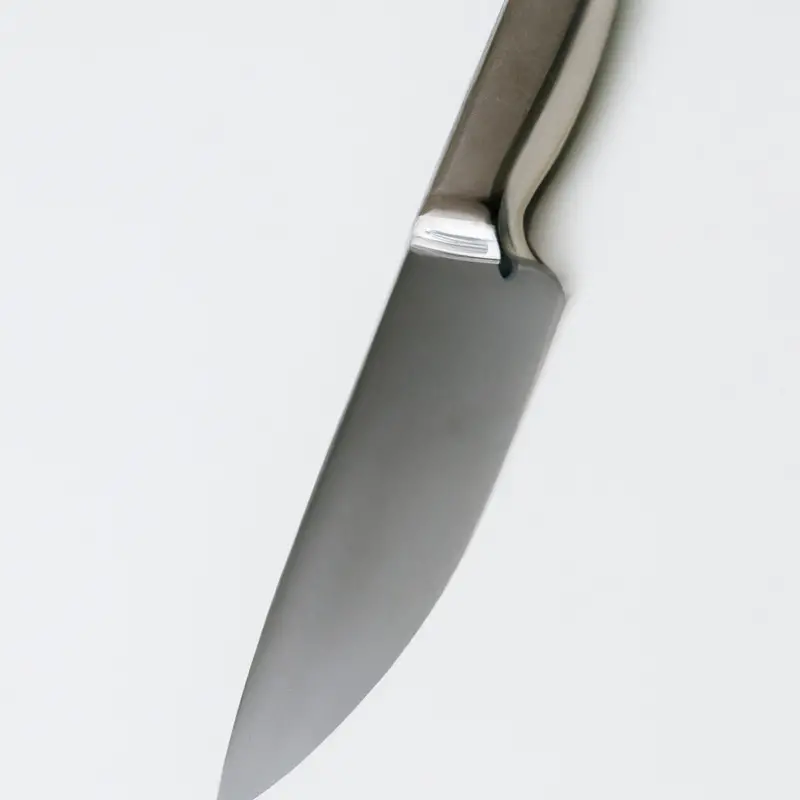
Making the First Cut: Techniques for Precision and Safety
To start filleting a bluegill, the first cut must be precise and safe to create a foundation for the rest of the fillet. The key is to have a sharp fillet knife, a stable cutting surface, and a confident hand.
To begin, make a small incision behind the gills and run the blade along the spine towards the tail.
Use a sawing motion, taking care not to cut through the spine. Once the blade reaches the rib bones, tilt the knife edge slightly downwards and continue cutting through the fish using the ribs as your guide.
Next, flip the fish over and repeat the same process on the other side.
Always keep the blade pointed away from your body and your other hand away from the blade. It’s essential to take your time and make slow, steady cuts to avoid any accidents.
In summary, making the first cut correctly is critical for the rest of the fillet to be successful.
Ensure you have a sharp fillet knife, a stable cutting surface, and a confident hand. Start with a small incision and gradually work your way through the fish, using the ribs as your guide.
Remember to always prioritize safety by keeping the blade pointed away from your body and your other hand out of the way.
Separating the Flesh from the Bones: Smooth and Seamless Steps
To separate the flesh from the bones of the bluegill, place your fillet knife’s blade between the meat and the rib cage. Follow the rib cage from the front to the back while cutting along the spine.
Make small, precise cuts to ensure the highest yield of meat with minimal waste.
Turn the fish over, and repeat this process on the other side. Once you have two fillets, use your fingers or a pair of pliers to pull the bones out.
Be careful not to damage or tear the flesh when removing the bones.
With patience and practice, you can achieve smooth and seamless results every time you fillet a bluegill.
Trimming the Fillet: Removing the Skin and Extra Parts
Now that you have successfully separated the flesh from the bones, it’s time to trim the fillet by removing the skin and any extra parts. To remove the skin, place the fillet skin side down on a cutting board.
Use your non-dominant hand to hold the tail end of the fillet firmly in place.
With your fillet knife angled slightly downward, insert the tip of the blade between the skin and flesh. Slowly and carefully glide the knife along the skin, separating it from the fillet.
Repeat this process for the entire length of the fillet.
You may also want to remove any extra parts, such as the small bones that may have been left behind. Use a pair of pliers or tweezers to gently pull out any remaining bones.
Alternatively, you can use your fillet knife to cut along the bones and remove them.
Once you have trimmed the fillets to your liking, rinse them under cold water to remove any leftover scales or debris. Pat them dry with a paper towel and pack them in a cooler with ice for storage until you’re ready to cook them.
Remember to dispose of any fish scraps properly, as they can attract unwanted pests.
With these simple steps, you can enjoy a delicious, skinless fillet that’s ready for cooking in no time.
Rinsing and Packing: Proper Care for your Filleted Bluegill
Once you have finished filleting your bluegill, it is important to rinse the fillets thoroughly with cold water to remove any remaining scales, bones, or debris. After rinsing, pat the fillets dry with a clean cloth or paper towel.
To preserve the quality of the fish, it is best to pack the fillets in an airtight container or vacuum-sealed bag.
This will prevent the fillets from becoming dry or freezer burnt. Label the container or bag with the date of packaging and freeze immediately.
To thaw the fillets, remove them from the freezer and place in the refrigerator for 24 hours.
Avoid thawing fish at room temperature or under hot water as this will affect the texture and flavor of the meat. Proper care for your filleted bluegill includes thorough rinsing, packing, labeling, and freezing.
These steps will ensure that your fillets maintain their freshness and quality for an extended period.
Cooking your Fillet: Best Recipes and Tips
After filleting your bluegill, you are now ready to cook it. One of the best ways to enjoy your fresh fillets is to fry them.
Heat up a pan with oil, add seasoned coating to the fillets, and fry until golden brown.
You can also bake your fillets in the oven with your favorite herbs and lemon slices for added flavor. Another great way to cook bluegill is by grilling it.
Marinate the fillets in your desired sauce and grill until they are cooked through.
If you want a healthier option, try steaming the fillets with garlic, ginger, and soy sauce. Always remember to only cook your fillets until they are fully cooked to avoid any risks of foodborne illness.
Enjoy your delicious fillets with your favorite sides, such as rice, vegetables, or salad.
Final Verdict
Filleting a bluegill may seem challenging at first, but with the right tools, techniques, and a bit of practice, it can be a quick and easy process. Remember to gather all the necessary tools and materials before starting, handle the fish carefully, and remove the scales with quick and efficient methods.
Locating the fillet and making the first cut accurately and safely are crucial steps, followed by separating the flesh from the bones and trimming the fillet.
Proper rinsing and packing will help you keep your fillets fresh and ready to cook. By following the tips and tricks outlined in this article, you can become an expert at filleting bluegills in no time.
And finally, don’t forget to enjoy your fillets by trying out some of the best recipes and tips available.
Practice these skills and continue improving to become the go-to filleting expert among your family and friends.

